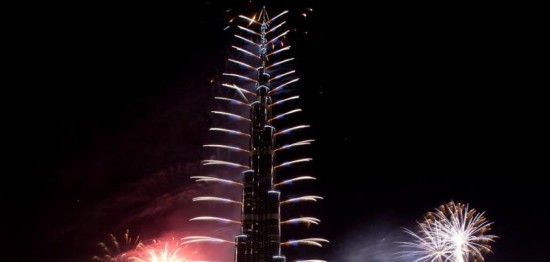The Burj Khalifa has been the world’s tallest building and also the tallest man-made structure in the world since it opened in 2010, standing at 829.8 meters, or 2722 feet for those with metric problem. Due to some infrastructure problems in Dubai, it might be the world’s smelliest building as well.
According to Kate Ascher, an author and former executive vice president of the New York City Economic Development Corporation that handled these kind of problems during her reign in the big apple, who wrote a book about the skyscraper, the city simply can’t handle buildings of this magnitude with the problems and complexities that go along with it.
A variety of buildings there, some can access a municipal system but many of them actually use trucks to take the sewage out of individual buildings and then they wait on a queue to put it into a waste water treatment plant. So it’s a fairly primitive system… They can wait up to 24 hours before they get to the head of the queue. Now, there is a municipal system that is being invested in and I assume will connect all of these tall buildings in some point in the near future, but they’re certainly not alone. In India many buildings are responsible for providing their own water and their own waste water removal.
According to Gizmodo, the building’s inhabitants might produce around 7 tons of waste per day, or 15 tons of total sewage. This is a case of a city that grew up too quickly above the ground – They brought over the world’s most sophisticated architects and engineers to create a skyline to be envious of, but designing a municipal network of sewage treatment is in some ways more complex.











